Advertisement
Increased risk is partly mediated by microbiota-derived metabolites of L-carnitine, choline

The increased risk of incident atherosclerotic cardiovascular disease (ASCVD) associated with red meat consumption is mediated in part by microbiota-generated metabolites of L-carnitine and choline that are abundant in red meat. So concludes a large observational study of healthy subjects aged 65 or older from a research team led by investigators from Tufts University and Cleveland Clinic.
Advertisement
Cleveland Clinic is a non-profit academic medical center. Advertising on our site helps support our mission. We do not endorse non-Cleveland Clinic products or services. Policy
Findings over 12.5 years of follow-up revealed a significant association between ASCVD and metabolites in the gut microbiome following consumption of red meat but not of poultry, fish or eggs. The findings also showed that elevated risk due to red meat consumption is mediated in part by blood glucose, insulin and C-reactive protein levels but not by blood pressure or cholesterol levels.
“For years clinicians have been advising patients about the cardiovascular risks of unprocessed red meat and other animal-source foods, but this has largely been based on associative data without a mechanistic explanation,” says Cleveland Clinic cardiologist W.H. Wilson Tang, MD, a co-author of the study. “By incorporating mediation analysis with gut microbial metabolites in a well-defined cohort, we have demonstrated a clear mechanistic link by which such dietary compounds can promote atherosclerotic cardiovascular diseases.”
These insights may help support development of new interventions targeting links between diet and gut microbes to curb cardiovascular risk. The study also sheds light on potential prevention strategies for people over 65, a population in which research on the gut microbiome’s impact on heart health has been scarce.
The study, published in Arteriosclerosis, Thrombosis, and Vascular Biology (2022;42:e273-e288), was co-led by Stanley Hazen, MD, PhD, Co-Section Head of Preventive Cardiology and Rehabilitation at Cleveland Clinic and Chair of Cardiovascular and Metabolic Sciences in its Lerner Research Institute. The investigation was prompted by mounting evidence over the past dozen years on the role of the gut microbiome in cardiometabolic disease — much of it published by Dr. Hazen, who discovered several pathways by which dietary nutrients such as carnitine and choline are used by microbes in the gut to produce metabolites. His Cleveland Clinic research team and others have shown in animal and human studies that these metabolites — namely, trimethylamine N-oxide (TMAO) and its related metabolites γ-butyrobetaine and crotonobetaine — increase atherosclerotic burden and serve as mediators of plaque formation.
Advertisement
“These metabolites act in a manner similar to endocrine organs, exerting their effects by traveling through the circulation like hormones in our bodies,” Dr. Tang explains. “This can potentially promote diseases like atherosclerosis and lead to downstream cardiac events.”
For the current investigation, the researchers drew from the prospective, multicenter, community-based Cardiovascular Health Study, a longitudinal cohort study designed to evaluate risk factors for heart disease among older adults in four U.S. communities.
Participants, all aged 65 or older and healthy at the time of enrollment, were recruited from 1989 to 1993 and followed to 2015. Data on animal-source food intake was available from a validated self-reported food frequency questionnaire that participants completed at study enrollment and again several years later. Measurements of TMAO-related metabolites were made using frozen blood samples collected at enrollment and soon after administration of the second food frequency questionnaire several years later. Using Cox proportional hazard models, the researchers analyzed these measures for their relation with incident ASCVD — i.e., myocardial infarction, fatal coronary heart disease, stroke or other atherosclerotic death — adjudicated over median follow-up of 12.5 years.
After exclusion of participants without adequate diet and metabolite data and those with prevalent CVD at their first diet assessment/blood draw, 3,931 participants were included in the analysis. Mean age was 72.9 years, nearly two-thirds were female (63.5%) and 12.0% were nonwhite. Median follow-up was 12.5 years.
Key findings included the following:
Advertisement
“This is the first population-level study to explore the association of animal-source foods with ASCVD and potential mediation by TMAO-related metabolites generated by gut microbes,” says Dr. Hazen, co-senior author of the study. “We observed linear dose-response relationships between higher unprocessed red meat and total meat consumption and both TMAO and ASCVD incidence over follow-up, with TMAO and its related metabolites remaining a major driver of the association.”
The researchers note that their results support and advance an evolving understanding of the interplay between diet and atherosclerotic risk. They write: “Our novel findings further suggest that L-carnitine- and choline-derived microbiome metabolites play a larger mediating role in meat-ASCVD associations than blood pressure or blood cholesterol levels. This result is consistent with, and may partly help explain, the neutral associations of saturated fat consumption with CVD and suggest that attention to other meat constituents and risk pathways is needed.”
They add that their observations support mechanisms associated with glucose-insulin homeostasis and with systemic inflammation (as reflected by C-reactive protein) as potentially important pathways by which meat consumption may impact ASCVD. “This study provides insight into why some people may be more vulnerable to atherosclerotic disease than others, if the gut bacteria inside them can generate more metabolites that influence their hosts’ organ functions,” Dr. Tang observes. He says the investigation distinguishes itself from prior research due to the availability of detailed, validated dietary data coupled with long-term adjudicated clinical outcomes and systematic serial measurements of gut microbial metabolites.
“This study further validates the numerous lines of evidence linking dietary red meat to heightened cardiovascular disease risks, indicating that one portion a day translates to about a 20% increased risk,” Dr. Hazen concludes. “And it further demonstrates the importance of the gut microbial TMAO pathway in accounting for these heightened risks.”
Advertisement
Advertisement

Studies reveal increased cardiac events, enhanced platelet reactivity and thrombotic potential

Reassurance from the lipid outcomes trial with the highest percentage female enrollment to date

Tech-assisted self-selection concurred with clinician-assessed eligibility in >90% of cases
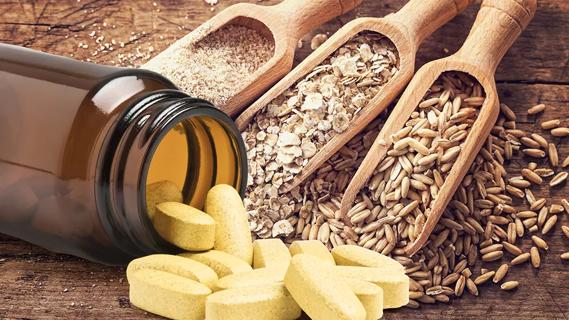
Newly identified pathway may explain the so-called niacin paradox
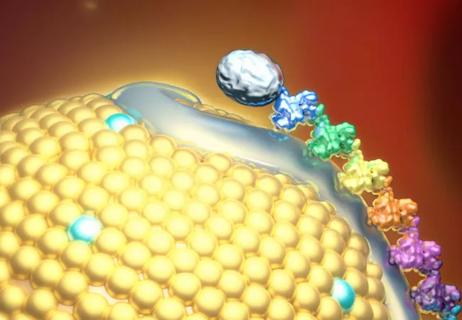
It's time to increase testing for this major cardiovascular risk factor in advance of new therapies
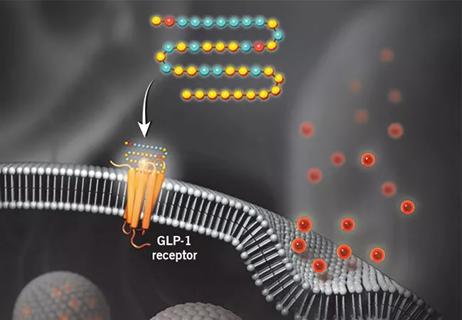
Findings establish overweight/obesity as a modifiable risk factor for cardiovascular disease
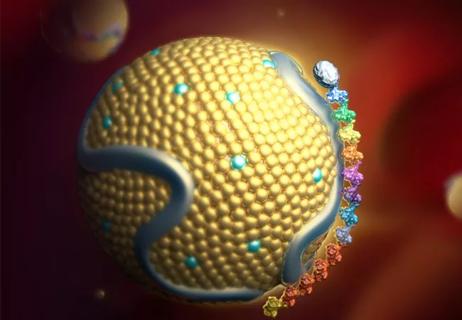
Undetectable levels achieved for nearly nine months in phase 1 trial
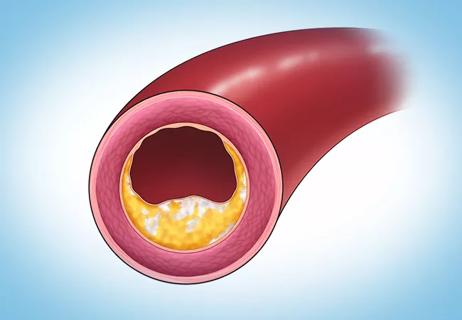
Observational study supports adding CAC score to traditional risk factors for precision medicine approach